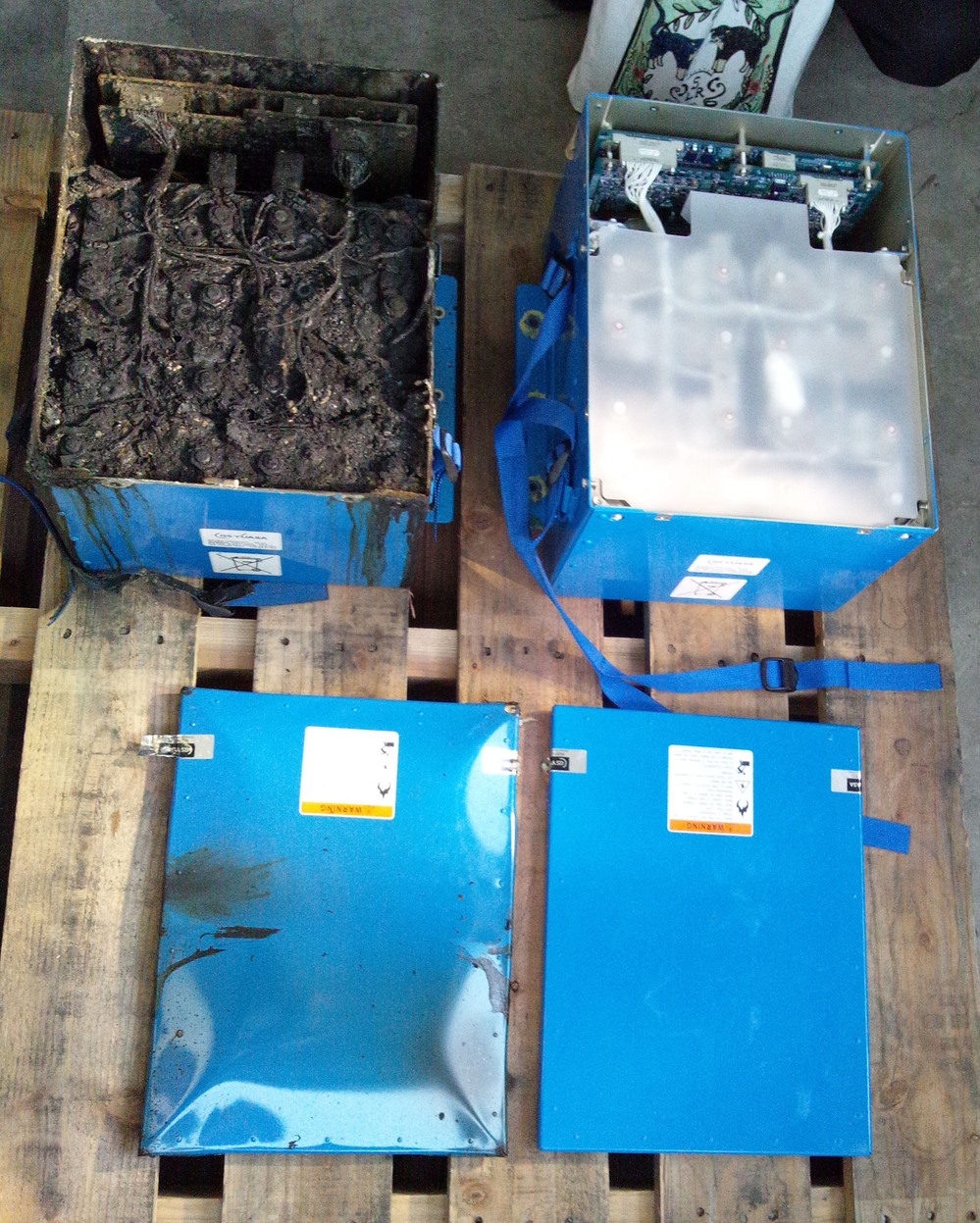Boeing has idea to fix 787 battery problem
SEATTLE – KING 5 News has learned that Boeing has a serious idea in the works to deal with the problem of 787 battery fires in the future: better containment and better venting.
.....
But the current smoke venting plan has run into a headwind with the NTSB and even the FAA, with the grounding of the fleet of 50 Dreamliners worldwide. Is there a better way?
Sources say that Boeing is seriously considering a better containment system that solves both the collateral damage to other sensitive equipment and deals with the smoke better. The plan is to build a stronger and larger containment box or dome around the battery, and vent smoke and potential debris overboard through a hose or other channel.




